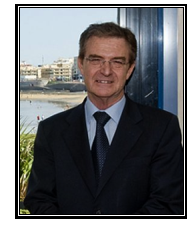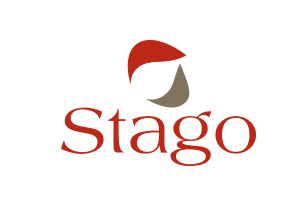
1. How do you see the future of Haemostasis in Spain?
In Spain, the future of haemostasis will lie in the haematologist’s hands. If we are to maintain specialty testing as much as possible and consider that all parts of haematology are critical: haemostasis will keep its place in pathology.
2. In your opinion, which areas of haemostasis need to be more developed?
From my experience I think that all areas of haemostasis should be developed harmoniously. We should not prioritise one area to the detriment of the other. That is why both Haemostasis and Thrombosis needs to be developed as a whole and not in isolation.
3. Recently Stago opened 9 European subsidiaries in order to be as close to the customer as possible. How do you think this contributes to Stago’s role as a major partner in Haemostasis?
I think that the fact that Stago works directly with the final customer in Spain is a really good, progressive step; the more global solutions which are offered, the better it is for both the customer and the patient.
4. Stago directly manages the whole life cycle of its products from research and development to production, logistics, marketing and international distribution. How do you think this benefits the customer?
I think this is the best way for a company to manage its products and guarantee user confidence.
5. As an experienced user of Stago products, which aspects do you rate most highly?
The wide range of high quality products including an extensive variety of techniques which fully satisfy all our Haemostasis and Thrombosis needs.
6. Stago has already manufactured 5,000 units of its STA-R® model, and the 5,000th unit has been installed in your laboratory. What do you appreciate most about our system?
The STA® analysers, which I consider to know very well, have proved to be reliable, robust and open. These features allow us to adapt and optimise our techniques to the highest level.
7. In conclusion, what contribution would you like Stago to make to Haemostasis in the future?
I would like Stago to not only maintain the quality and the range of its product line but also to continue to focus on research and development: it is important to deliver an offer which is always adapted to the haematologist’s needs.
In addition, I would ask Stago not to abandon their ELISA product line, to initiate further studies, and to keep developing new anticoagulants or global monitoring techniques of the haemostasis pathway (like Thrombin Generation and the thromboelastography –TEG-).
In summary and on a more global level, I would like Stago to promote research by taking part in the call for research awards and by promoting training for Haemostasis and Thrombosis professionals.
